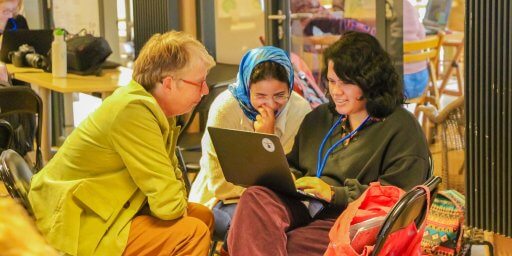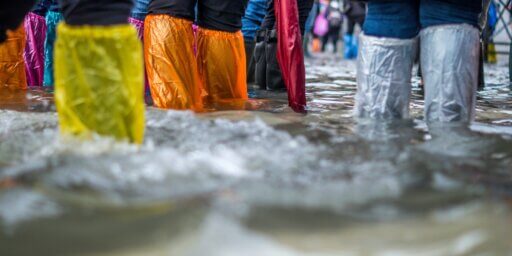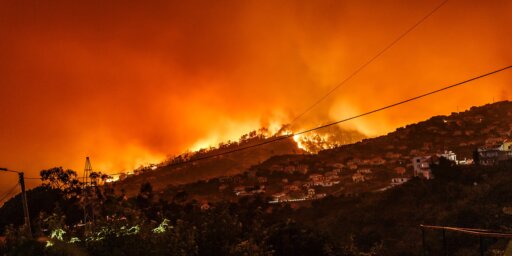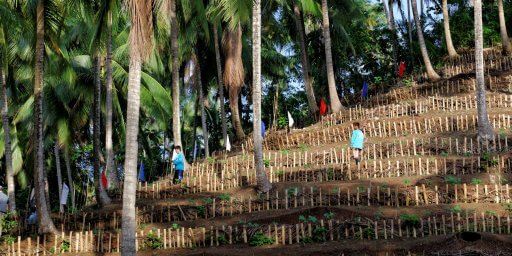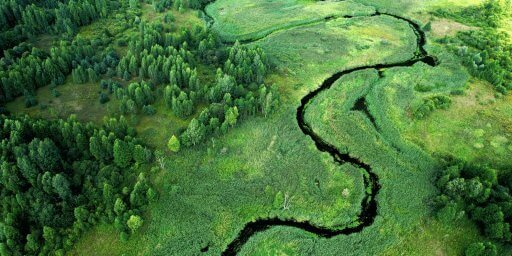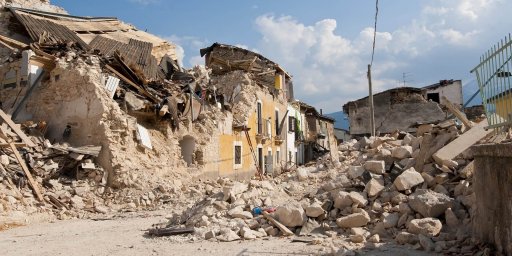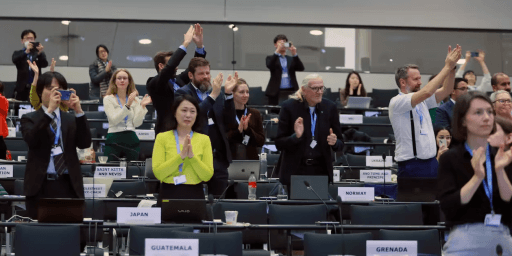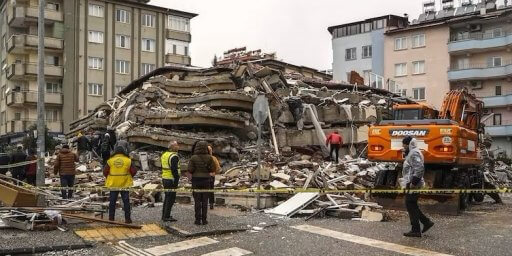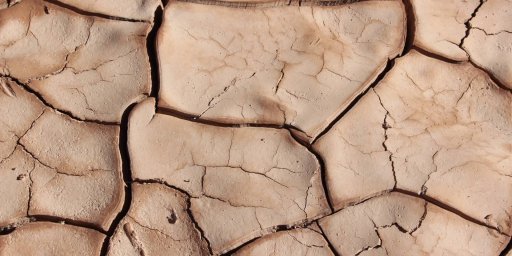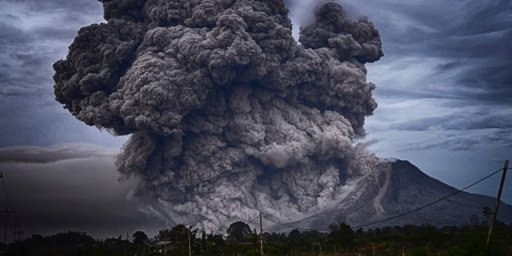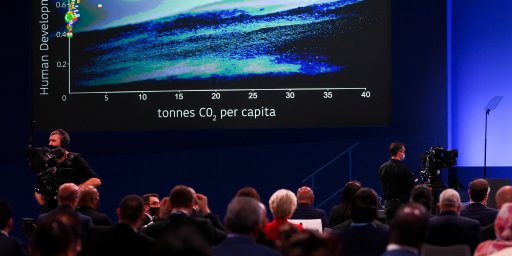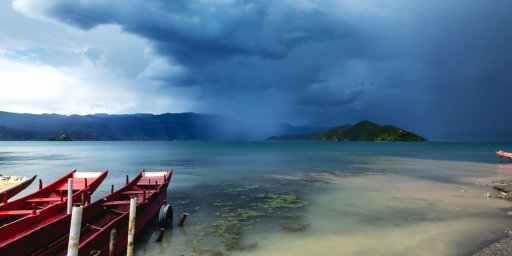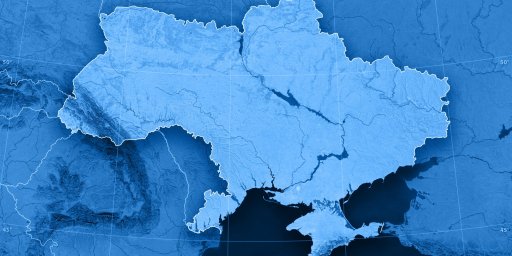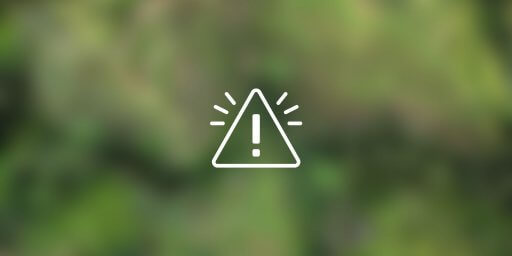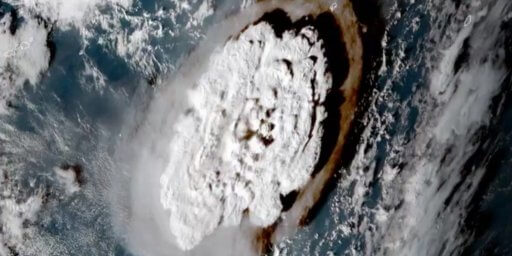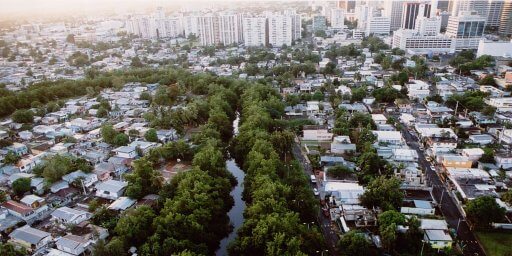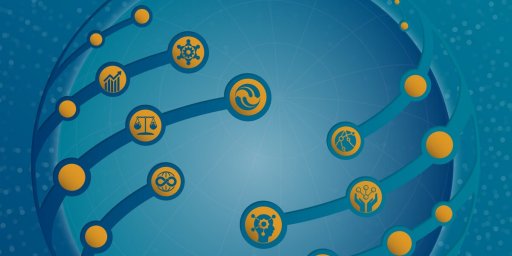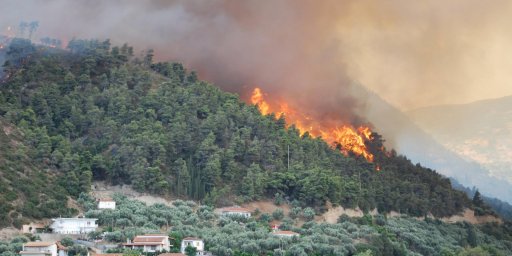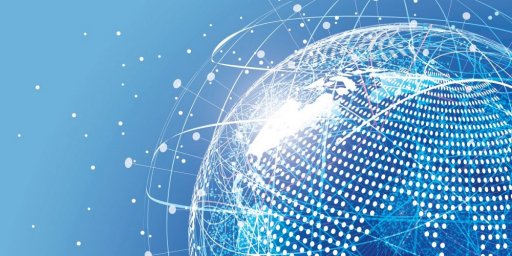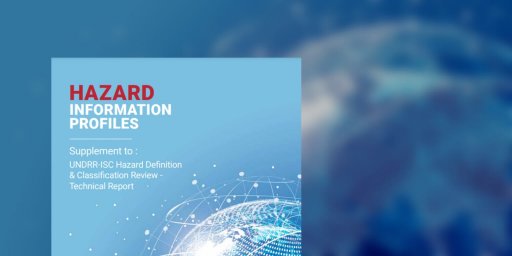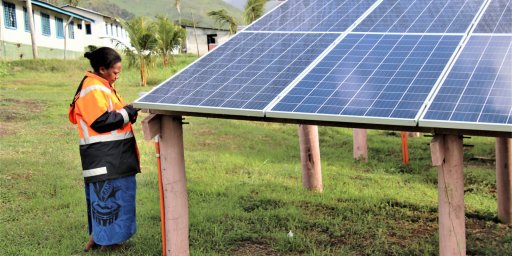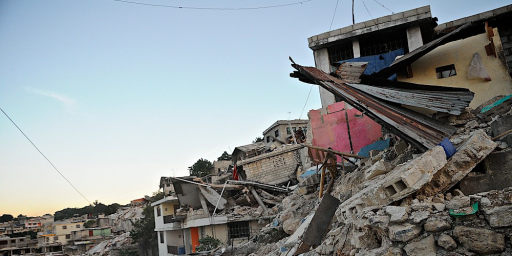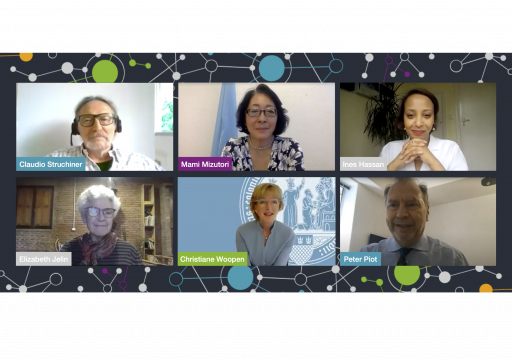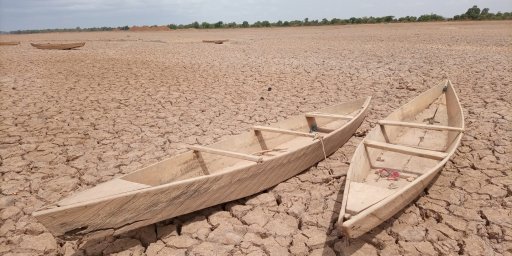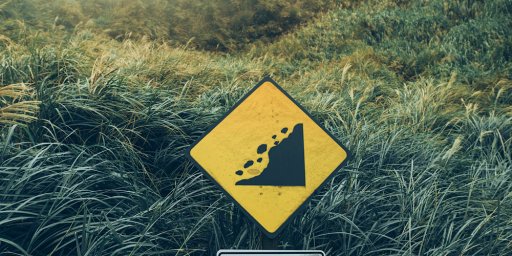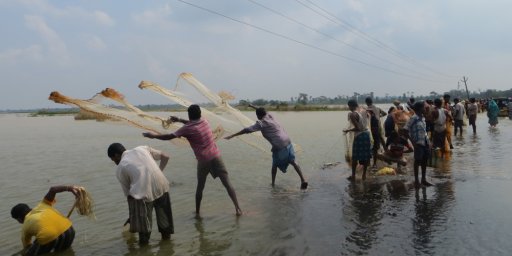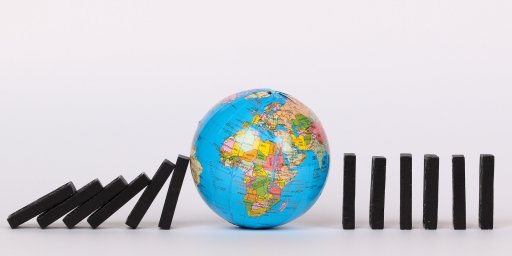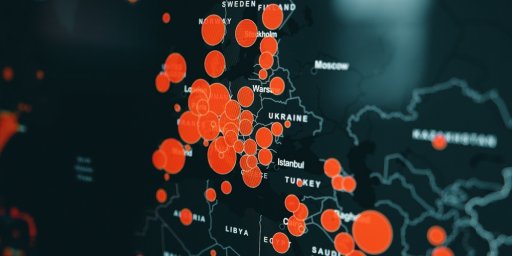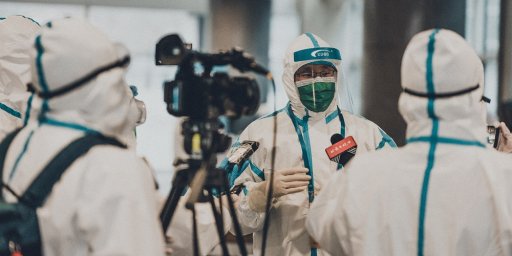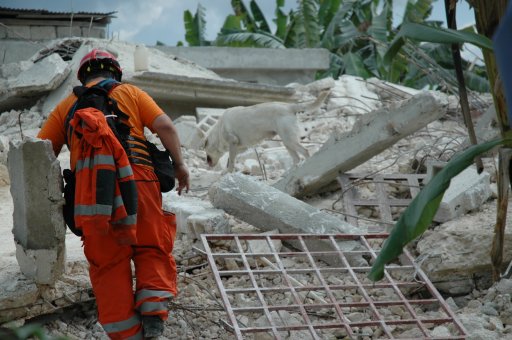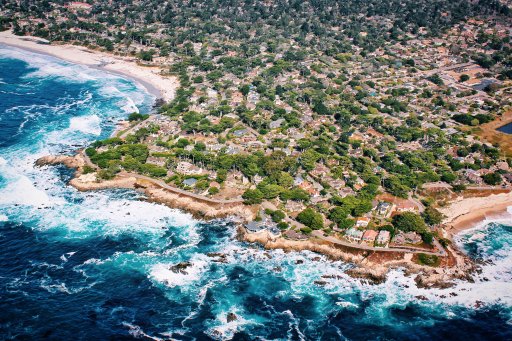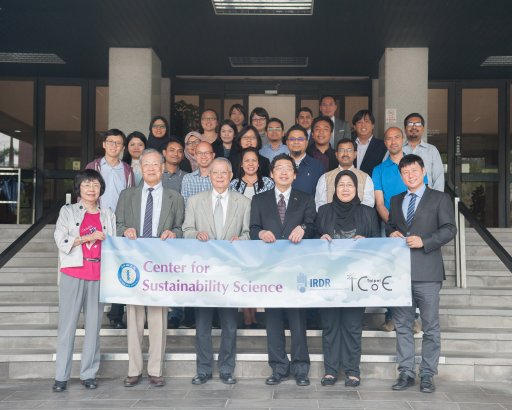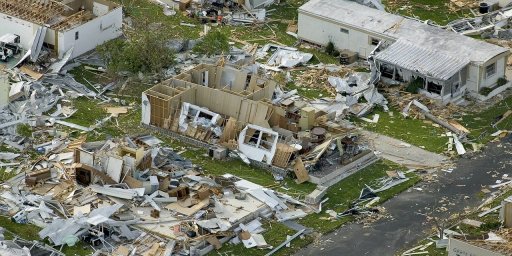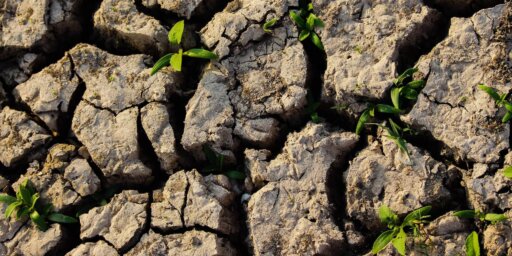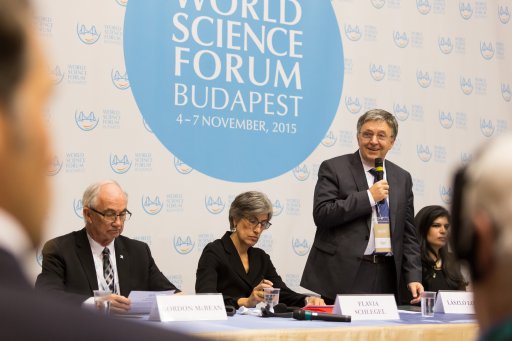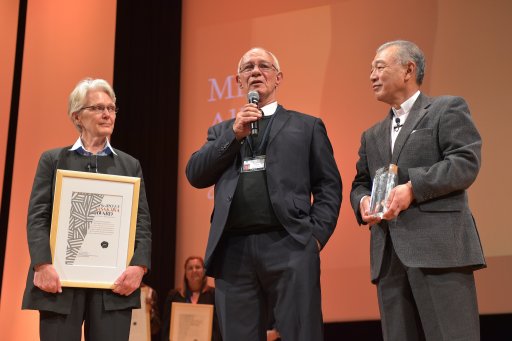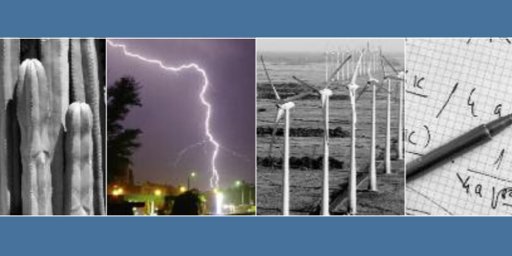(Based on an interview conducted in October 2019)

Simon Cox, (CODATA), is a member of the Technical Working Group convened to identify the full scope of all hazards relevant to the Sendai Framework and their scientific definitions. Register to join the launch of the scientific report on 29 July.
We need commonly shared hazard definitions
The job that we are contributing towards is around getting precise, or as precise as we can get, definitions of hazards that might contribute to disasters.
We have a problem with the language around hazards in the media, general public, and sometimes even in legislation. It is not precise enough for measurements and statistics.
Furthermore, the same terminology, the same words are used differently: in different geographic regions, in different countries, in different development contexts.
In order to be able to have a global and international programme related to disaster risk reduction, we need, first off, to develop definitions, which are shared across the community internationally.
Ultimately, a lot of these definitions are motivated by scientific understanding of the causes of disasters, whether they are due to natural phenomena, environmental phenomena, human interventions, or societal problems. We need to have good definitions.
Essentially, precise definitions are the basis for official statistics, and if we do not have proper definitions of what it is we are measuring, then we cannot make comparisons between one place and another.
So, the science community gets together and brings its understanding on the basis of its models of the natural world, of the phenomena, the interactions between them, to write these down clearly in a way that can then be turned into measurements, assessments and evaluations.
The job of science
Why are scientists in the best position to do that?
The business of science is, ultimately, to gather empirical evidence and draw conclusions, to detect and sense patterns, which allow to make predictions and evaluations. That is fundamental to the job of science. Bringing that precision is what we are attempting to do.
We have a lot of familiarity with doing this. For thousands of years science has been making sense of the world, writing down laws, rules and patterns on the basis of theories about the interactions around us.
For this project, we work on definitions in service of disaster risk reduction. It is a particular application of taking the science discipline and bringing it into a context where it is of critical significance to communities, to humanity, and to the Earth.
The role of science and technology
Data science means a couple of different things.
In most cases, as understood in the community and as you see it mentioned in the news, data science is about data processing, looking for patterns in large data sets that involves statistics, probability.
However, it is also about bringing together data sets, which might have been collected at different times, in different ways, for different purposes, and then repurposing them, joining them together, merging.
A concept might have different labels, but with modern information engineering knowledge representation, we now have standard techniques to capture such variations, to record the origins of the definitions, to keep track of revisions. This information can be well organized and tagged, so that it is machine-readable, machine-processable, and, therefore, more usable for a wider community.



